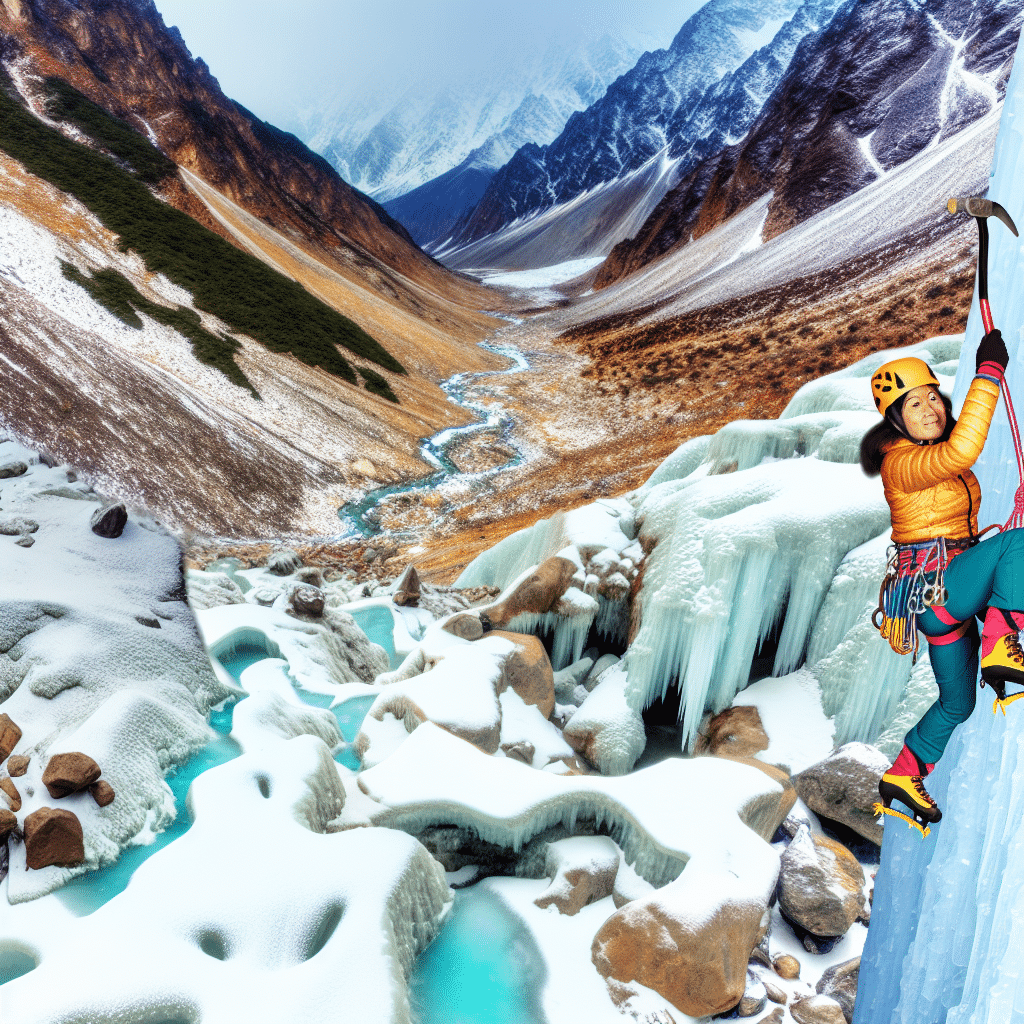Ice climbing is an exhilarating, challenging, and inherently risky sport that demands the utmost in preparation and equipment reliability. Whether you are scaling frozen waterfalls, alpine ice routes, or glaciated peaks, your chosen rope plays a pivotal role. In this article, we will delve into the essential aspects of selecting the best rope for ice climbing. From types and materials to handling and maintenance, we cover everything you need to know to make an informed decision.
What Makes a Great Rope for Ice Climbing?
Dynamic vs Static Ropes
First and foremost, understanding the difference between dynamic and static ropes is crucial. Dynamic ropes are designed to stretch under load, which absorbs the force of a fall. This is vital in ice climbing, where the tension created by a fall can lead to catastrophic failures. Static ropes, on the other hand, do not stretch and are generally used for tasks like rigging and rappelling.
In ice climbing, a dynamic single rope with a diameter ranging from 8.5 mm to 9.5 mm is typically preferred. The thinner diameter allows for lighter weight and more compact packing, both crucial factors when you’re scaling icy walls.
Material Matters
Modern ropes are predominantly made from nylon because of its excellent balance between strength, flexibility, and durability. Some ropes have specialized coatings, such as Dry Treatment, to prevent water absorption. When rope absorbs water in freezing conditions, it becomes heavier, less flexible, and more prone to damage. A dry-treated rope keeps moisture out, offering better performance and a longer lifespan.
Why Trust is Key: The Importance of Certifications
When selecting a rope for ice climbing, look for certifications and standards such as those from the Union Internationale des Associations d’Alpinisme (UIAA) or the European Committee for Standardization (CE). These certifications ensure that the rope meets stringent criteria for strength, durability, and performance.
Fall Ratings
Every dynamic rope comes with a fall rating, indicating how many falls it can safely arrest before needing replacement. For rigorous activities like ice climbing, a higher fall rating provides an added layer of security. Generally, a single rope for ice climbing should have a fall rating of at least 5 to 7 UIAA falls.
How to Choose: Diameter, Length, and Weight
Diameter
The diameter of the rope affects its handling, weight, and durability. Ropes around 8.5 mm to 9.0 mm offer a good balance between weight and durability. Thinner ropes (below 8.5 mm) are lighter but may wear out more quickly and may not be as durable against sharp ice tools and crampons.
Length
Standard rope lengths typically range from 50 meters to 70 meters. For most ice climbing scenarios, a length of 60 meters is generally sufficient. However, certain climbs may require longer ropes to complete pitches safely.
Weight
Weight is another factor to consider, particularly for long climbs where every ounce counts. Fortunately, advances in rope technology have made it possible to create lightweight ropes without compromising on strength or durability.
Handling and Knotting: Don’t Overlook the Little Things
Rope handling is an often-overlooked factor that can significantly impact your climbing experience. A rope that kinks or tangles easily can become a major annoyance, if not a safety hazard. Look for ropes with a supple feel that can easily be coiled and uncoiled. Good handling properties also make it easier to tie and untie knots, an essential aspect of climbing safety.
Middle Mark and Bi-Pattern Ropes
Ropes with a middle mark or those that are bi-pattern (where each half of the rope has a different pattern) can be very helpful. These features make it easier to identify the middle of the rope, simplifying tasks like rappelling.
Maintenance: Keeping Your Lifeline in Top Shape
Proper maintenance of your ice climbing rope can extend its life and ensure your safety. Here are some tips:
– **Regular Inspections**: Check your rope before and after every climb for signs of wear, cuts, or fraying.
– **Cleaning**: Wash the rope periodically with mild soap and water to remove dirt and grime.
– **Storage**: Store your rope in a cool, dry place away from direct sunlight and chemicals.
In Conclusion: Why the Right Rope for Ice Climbing is Non-Negotiable
Choosing the right rope for ice climbing is a critical decision that can make the difference between a safe, exhilarating climb and a dangerous, potentially life-threatening situation. By understanding the types, materials, certifications, and maintenance requirements, you can select a rope that will not only meet but exceed your climbing needs. So, before you embark on your next icy adventure, make sure your rope is up to the task. Your life may depend on it.




